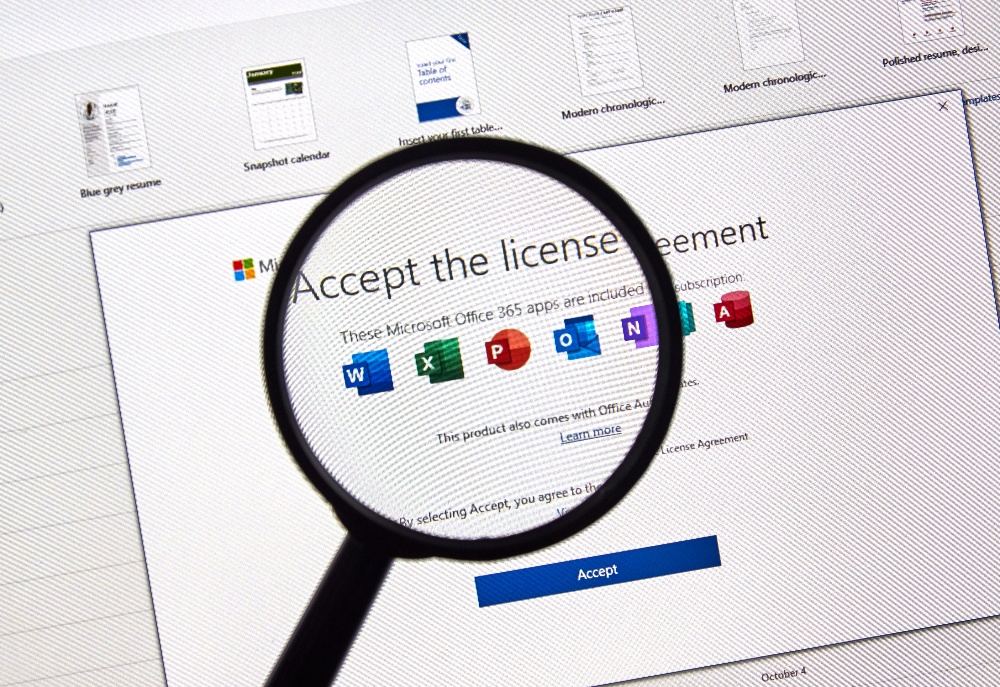Mergers and acquisitions (M&A) have become instrumental strategies for organizations to acquire new capabilities, expand their reach, and drive growth. But the complexity of M&A activities can present unique challenges for organizations, particularly regarding technology integration.
- Disparate platforms, software, databases, and infrastructure, with differences ranging from operating systems and programming languages to hardware and network configurations.
- Combining and reconciling data from diverse sources can lead to data integrity, quality, consistency, and formatting issues.
- IT systems may have different standards, interfaces, and protocols, and incompatibilities can result in data loss, integration failures, operational disruptions, and inefficiencies.
- Processes and workflows that have been designed around specific systems and organizational cultures must be optimized and standardized.
- Cultural gaps can affect the adoption of new systems and processes and the overall effectiveness of IT integration efforts.
- Coordinating activities across different departments, locations, and time zones that involve multiple stakeholders and teams.
- Sensitive data from both organizations may be exposed to new systems, networks, and personnel.

As organizations merge, harmonizing disparate IT systems becomes a critical initiative that demands careful planning, collaboration, and technical expertise. CIOs and IT leaders must adopt best practices that facilitate a seamless transition while minimizing disruption.
Below, we’ll cover key strategies for managing M&A activities and explain how a top 1% Microsoft Solutions Partner, like CloudServus, can help organizations going through mergers and acquisitions.
Best Practices for Managing M&A Activities
1. Plan and Assess
Begin with a comprehensive planning phase that identifies objectives, defines migration scope, and establishes realistic timelines. Understand the dependencies between different systems and applications, and develop a detailed migration plan and strategy for the integration process.
- Evaluate both the acquiring and target company’s business models and IT infrastructures, including Microsoft 365 environments, to understand compatibility and gaps in the systems.
- Pinpoint any overlapping services, redundant applications, and potential integration challenges.
- Conduct a thorough risk assessment, including regulatory challenges, integration complexities, and cultural clashes, to develop contingency plans and risk management frameworks to minimize potential disruptions.
- Evaluate the organizational cultures of both companies, including identifying cultural discrepancies.
- Analyze the financial health of both companies to estimate integration costs and pinpoint potential cost-saving opportunities.
- Engage key stakeholders, including employees, suppliers, customers, and investors, to help manage expectations.
CloudServus offers expert consultation services to help organizations assess their IT landscape and ensure a solid foundation for the migration process. We conduct a discovery of your infrastructure and environment to align your tenant-to-tenant migration goals with your business objectives.
2. Establish a Migration Strategy
Create a well-defined migration strategy that outlines a step-by-step approach and dependencies for migrating data, applications, and configurations. This helps prevent data loss and ensures sustainable productivity during migration.
- Identify the specific data, applications, and settings that must be migrated to prioritize critical components for migrations.
- Assess the data within the source tenant, identifying relevant data sets and map them to the corresponding locations in the target tenant to maintain data integrity and accessibility in the new environment.
- Determine the order and dependencies of migrating components like email systems, SharePoint sites, and Teams.
- Outline a testing plan that includes scenarios to validate data integrity, application functionality, user access, and interoperability.
Our team specializes in Microsoft 365 tenant-to-tenant migrations and can determine the best migration approach for your organization’s needs - whether it’s a staged migration or a “big bang.” We leverage a proven methodology to ensure a secure, efficient transition and stable environment.
3. Data Migration and Governance
Ensure that critical data is migrated accurately and securely, a process that involves transferring data, such as customer information, financial records, and operational data, to the new environment. Adopting data migration best practices can help prevent data loss and corruption and enable business continuity post-merger.
- Address overlapping data and systems to consolidate data repositories, eliminate redundant systems, and streamline data management.
- Ensure the data is correctly mapped, transformed, and integrated into the target systems to facilitate interoperability and enable seamless data access and utilization.
- Establish data governance practices and policies, including defining data ownership, access controls, data classification, and retention policies to safeguard data assets.
- Review and cleanse data, ensuring accuracy, completeness, and quality by identifying data inconsistencies, duplicates, and errors to improve the overall reliability of data assets.
- Ensure historical data, analytics, and business intelligence capabilities are seamlessly transferred to the target environment.
We leverage robust tools and methodologies to streamline data migration, ensuring that crucial information is successfully transferred. Our specialists can also help establish governance policies that align with industry best practices to maintain data compliance and security throughout the migration process.
4. Seamless collaboration
Integrate communication tools and platforms, including email systems, instant messaging tools, video conferencing solutions, and collaborative workspaces to ensure employees experience barrier-free communication. This integration also promotes efficiency and enables smooth information flow across the merged organization.
- Assess the communication infrastructure of both organizations, including the tools, platforms, and channels that are currently in use, like email systems, messaging apps, video conferencing solutions, and collaborative workspaces. Evaluate their limitations, strengths, and compatibility.
- Determine the integration needs and goals for communication platforms and channels, extending to data security, scalability, user experiences, and integration capabilities.
- Identify areas where consolidation or integration is necessary to establish seamless communication throughout the merged organization.
- Define resource requirements and technical considerations for integrating communication platforms and channels.
- Address communication data, including emails, files, and chat histories to effectively integrate user accounts and permissions.
Our team enables organizations to integrate and consolidate Microsoft 365 environments smoothly, fostering collaboration among teams. We apply our deep industry knowledge to help companies consolidate communication channels, synchronize directories, and provide a seamless user experience across the newly merged organization.
5. Training and change management
Address potential disruptions and employee resistance associated with changes in processes and tools, and promote engagement. Ensure that employees understand and adopt new ways of working and can navigate the post-merger environment effectively.
- Provide training and clear communication about the benefits of the merger or acquisition to gain employee buy-in and enable them to adapt quickly.
- Assess the readiness of the organization and its employees for the forthcoming changes, including identifying the specific impact these changes might have on different teams and individuals.
- Create a detailed change management plan that covers the strategies, activities, and timeframes for managing the changes associated with the M&A.
- Involve leadership teams, managers, and employee representatives and include them in decision-making when appropriate.
- Establish dedicated support channels to alleviate employee concerns, clarify expectations, and offer support to circumvent productivity disruptions. Also maintain continuous communication throughout the M&A process to provide updates and address feedback or questions.
- Deliver a training program that equips employees with the skills they need to succeed with new systems, processes, or tools.
We can mitigate the organizational culture challenges that might emerge during the Microsoft 365 tenant-to-tenant migration process. Our team provides comprehensive, targeted training and change management support, including developing a customized training program to reduce potential end-user friction and mitigate productivity loss.
Mergers and acquisitions present unique opportunities for growth, expansion, and acquisition of new capabilities. However, they also entail substantial challenges, especially when it comes to integrating disparate IT systems, reconciling data, optimizing processes, and bridging cultural gaps. A successful transition requires careful planning, expert knowledge, and the adoption of best practices that streamline this complex process.
As always, we're here to extend our specialized expertise in helping organizations navigate mergers and acquisitions. We give comprehensive solutions to help you achieve your desired outcome. We’re an industry-recognized, Microsoft Solutions Partner and leading consultancy firm with experience helping companies in all industries manage intricate organizational changes, like M&A.
Reach out to us at CloudServus for a free consultation to start fast-tracking your M&A journey and optimizing your Microsoft 365 environment.



